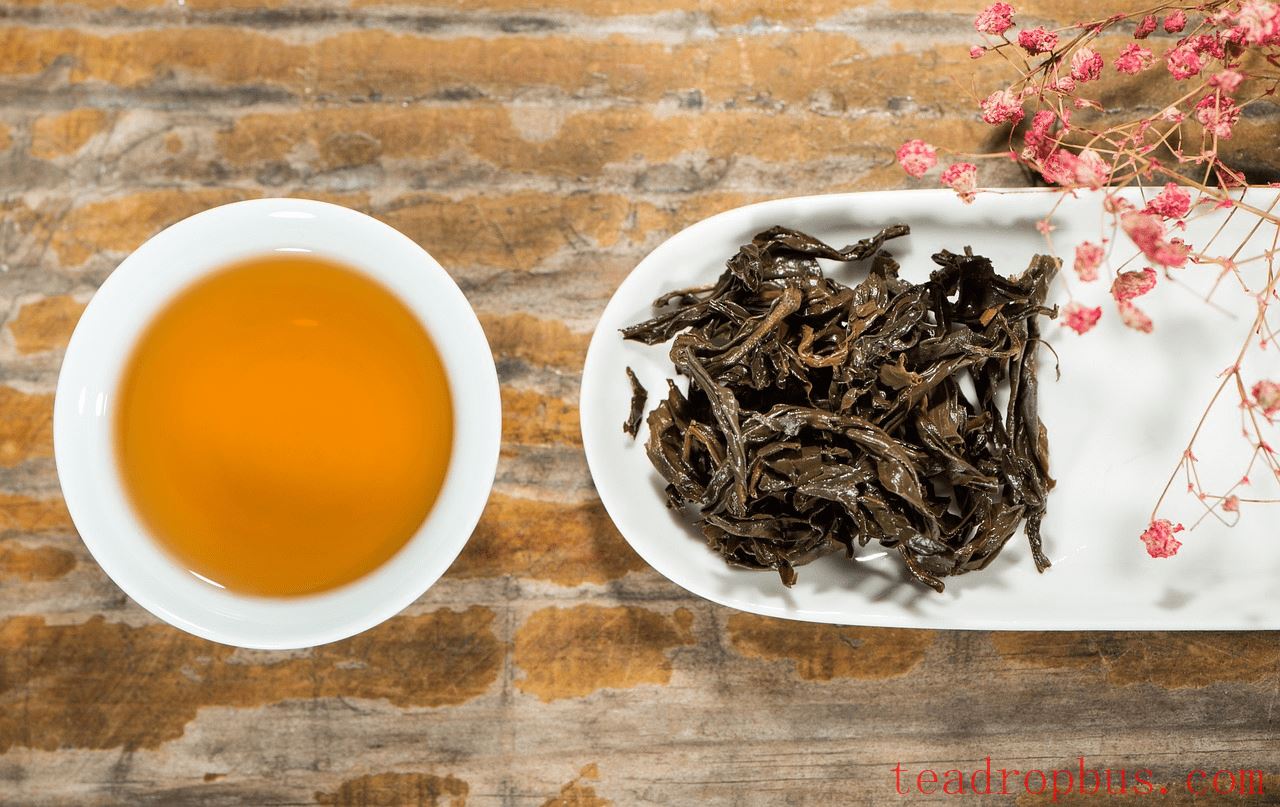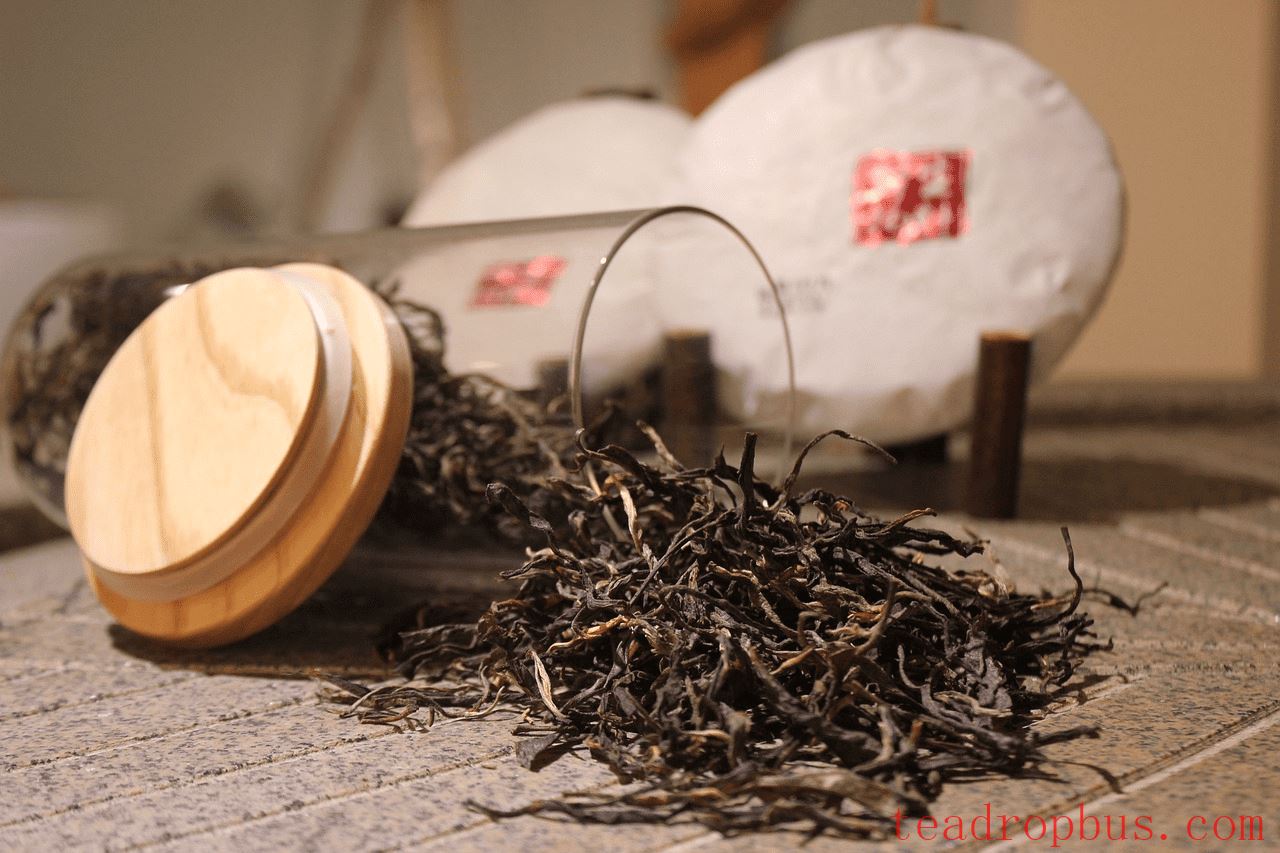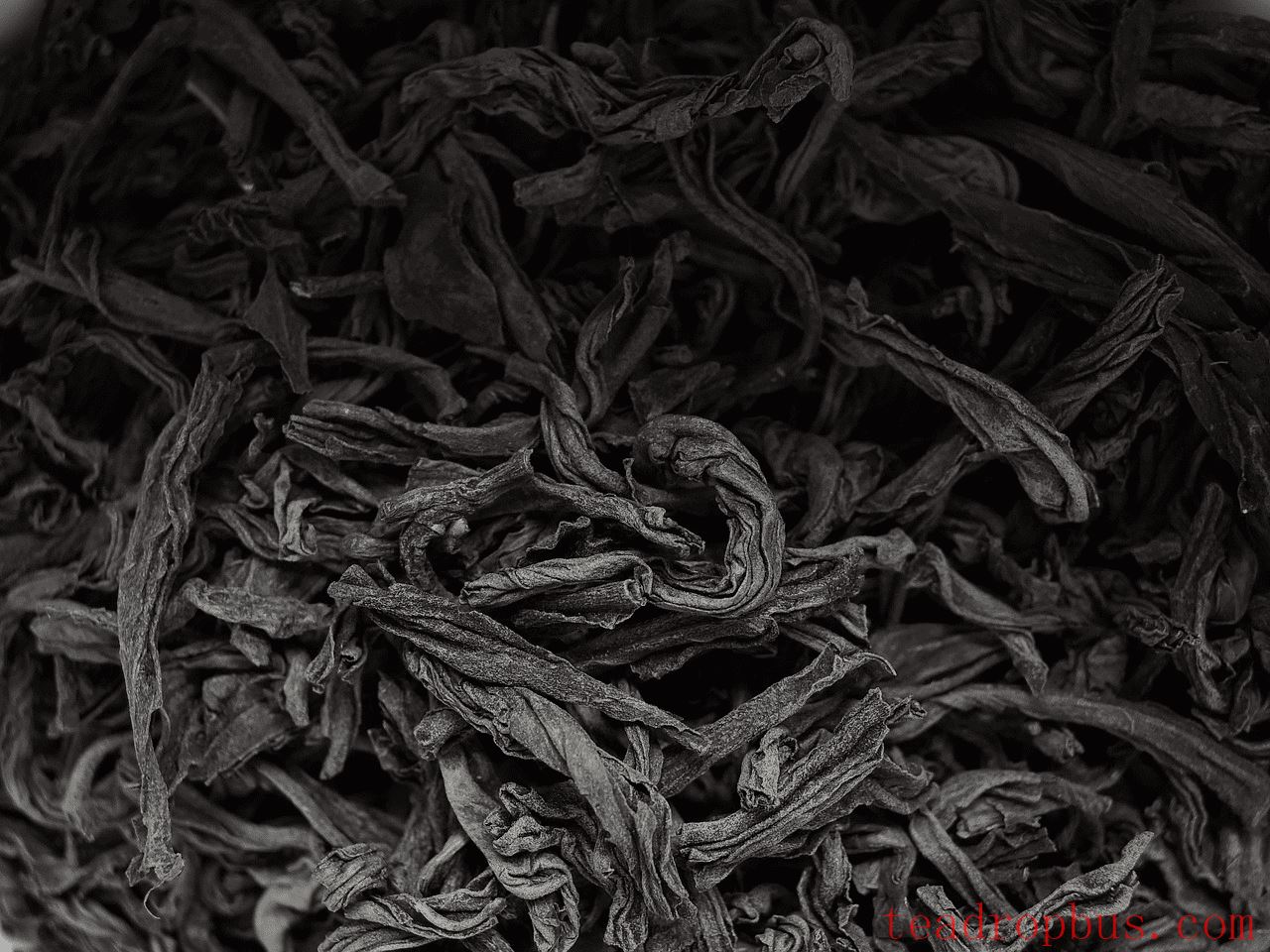When it comes to Tea, many people envision the clear green of Green Tea or the bright golden hue of Oolong tea. However, there is another type of tea that stands out with its rich red infusion: the renowned Black Tea.
Why does black tea turn red when brewed? The answer lies in a fascinating chemical reaction. Unlike green and oolong teas, black tea is a fully oxidized tea. During processing, polyphenols in the leaves undergo enzymatic oxidation with oxygen from the air, resulting in the formation of compounds like thearubigins and theaflavins. These oxidation products give black tea its distinctive bright and transparent reddish color.

Thearubigins
Thearubigins are the primary oxidation products in black tea, and the higher their content, the darker the tea infusion becomes. Thearubigins not only determine the color of black tea but also contribute to its full-bodied and sweet taste. Additionally, they possess certain health benefits, such as antioxidant and antibacterial properties.
Theaflavins
Theaflavins are another important oxidation product, present in smaller quantities but significantly influencing the flavor and aroma of black tea. They impart a bright orange-red hue to the tea infusion and add a honey-like sweetness.
Oxidation Level: A Key Factor Influencing the Color of Black Tea
In the processing of black tea, the steps of wilting and rolling promote the oxidation reactions in the leaves. Wilting involves placing fresh leaves in a well-ventilated area to naturally lose moisture. During this process, cell walls break down, releasing oxidizing enzymes that lay the groundwork for subsequent oxidation reactions. Rolling involves kneading the leaves repeatedly, causing further cell disruption and ensuring that the oxidizing enzymes come into contact with the polyphenols, accelerating the oxidation process.

Therefore, the level of oxidation is a key factor affecting the color of black tea. The deeper the oxidation level, the higher the content of thearubigins and theaflavins, and the darker the tea infusion. For example, Dian Hong (Yunnan black tea) has a higher degree of oxidation, resulting in a dark red infusion; while Qi Hong has a lower degree of oxidation, producing a bright red infusion.
brewing Techniques: Making Your Black Tea Richer in Color and Aroma
To brew a pot of inviting and fragrant black tea, mastering the correct brewing techniques is crucial.
- Water Temperature: The water temperature for brewing black tea should be between 85-95°C (185-203°F). Too low a temperature will prevent the internal substances from fully dissolving, while too high a temperature can damage the nutrients and flavor of the tea.
- Tea-to-Water Ratio: Generally, the ratio for black tea is 1:50, meaning 1 gram of tea per 50 milliliters of water. Of course, you can adjust the ratio according to personal preference.
- Brewing Time: The brewing time for black tea should not be too long, ideally around 3-5 minutes. Longer steeping times can result in a bitter-tasting infusion.

Summary
The reason black tea appears red is due to its unique processing method, which causes the polyphenols in the leaves to undergo enzymatic oxidation, producing thearubigins, theaflavins, and other oxidation products. These oxidation products not only give black tea its bright and transparent reddish color but also contribute to its full-bodied and sweet taste and various health benefits. By mastering the correct brewing techniques, you can better release the color, fragrance, and flavor of black tea, allowing you to savor the unique charm of this ancient Eastern beverage.